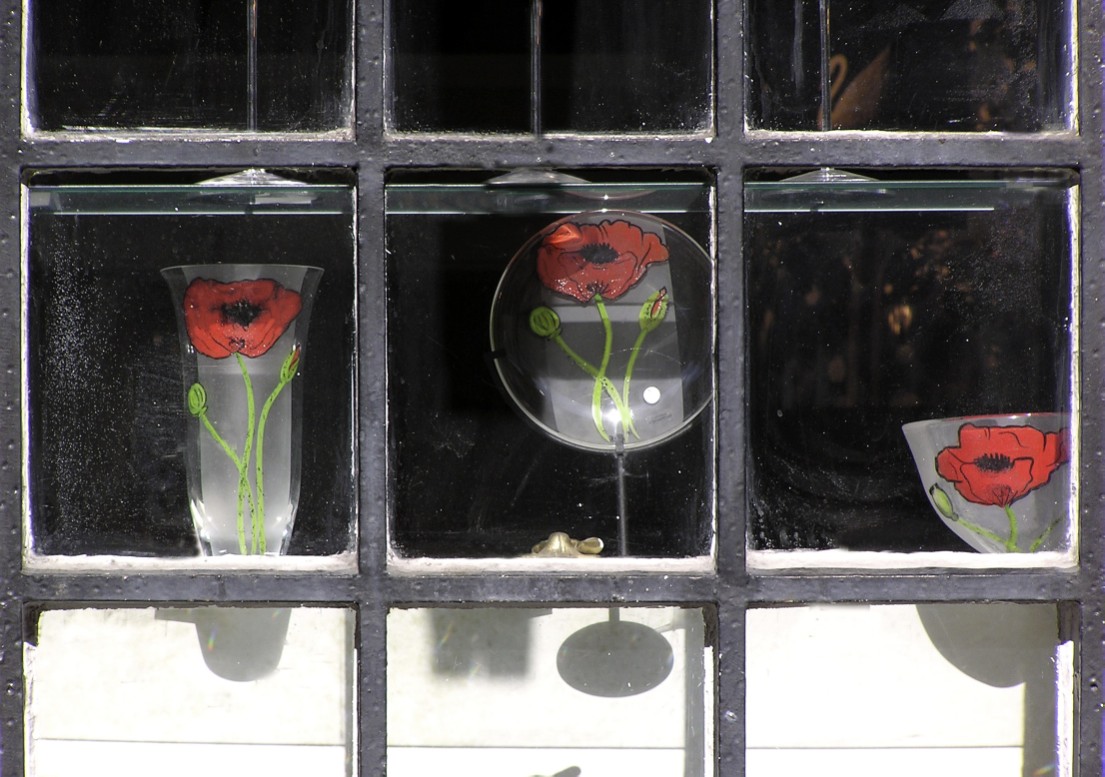
Misconceptions
Despite the popularity of the Johari Window, it is often dismissed by experts in interpersonal relationships, group dynamics and interpersonal communications. This dismissal is usually based on one of two misconceptions about the Johari Window. First, the Johari Window model is often considered out-of-date. After all, it was developed during the 1950s. Second (and even more often) the Johari Window is dismissed because it is too simple. I will briefly consider each of these misconceptions.
First, this model is not out of date. There are currently more than 2,000 Johari Window citations on the Internet—including the name of a rock group—so it is hard to conclude that this model is no longer in use or that the world of interpersonal relationships has somehow passed it by. There have been many new concepts and studies of interpersonal relationships that have been conducted since Joe Luft first formulated the Johari Window with Harrington Ingram; however, this doesn’t make the Window a relic. It seems that human interactions have not changed in any fundamental way over the past fifty years. To the extent that the Johari Window is “dated” because it does not incorporate more recent findings, then the present set of essays should help to fill the gap. I am bringing to the Johari Window several recent models of interpersonal relationships, as well as integrating some of the research about human interactions and several of the interesting variations that have been offered with regard to the Johari Window since Luft and Ingram presented their original formulation.
With regard to the second misconceptions, there is a deceptive simplicity in Joe Luft’s presentation of the Johari Window. It initially seems to be an over-simplified description of ways in which people chose to disclose themselves to other people and give other people feedback. Its seeming simplicity harkens back to a time when mature adults hoped for more trust and honesty in their relationships with other people through participating in sensitivity training programs and encounter groups. Yet, like any systemic model, the Johari Window becomes complex and subtle very fast as one begins to spin out many variations regarding ways in which two (or more) people can encounter one another.









